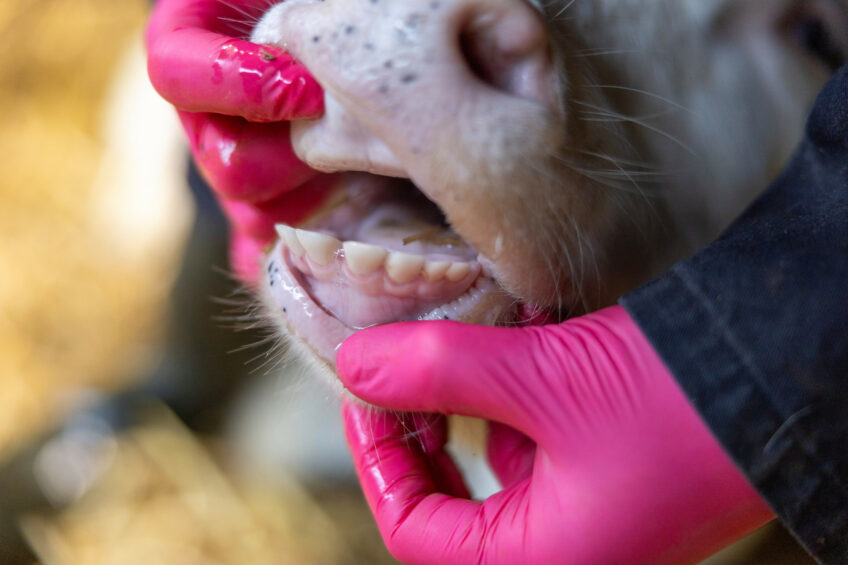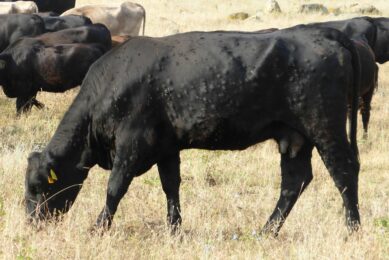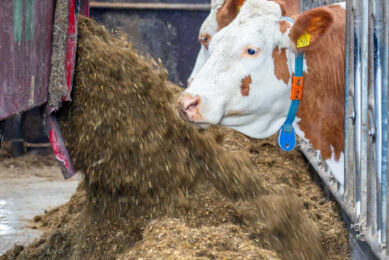4 major animal health issues in the spotlight

The USDA’s recent suspension of live cattle, horses and bison imports to the US from Mexico due to New World Screwworm concerns has come in the midst of other global livestock health issues keeping livestock producers on alert – from bluetongue in the UK to avian influenza in the US and foot and mouth disease in Europe.
Emma Higgins, RaboResearch, senior analyst animal protein, and Jen Corkran, senior analyst agriculture, discuss and zoom into the 4 current major animal issues around the globe and their impacts.
 New World Screwworm
New World Screwworm
“The United States ordered the suspension of livestock imports through ports of entry along our southern border after the continued spread of the New World Screwworm in Mexico,” said US Secretary of Agriculture Brooke L. Rollins in May.
New World Screwworm found in Mexico is a recent hot topic of discussion and has re-emerged as a threat to livestock. “It is a really interesting tale and it certainly is a worry,” Corkran said in reference to New World Screwworm in the recent RaboResearch podcast in mid-June. The outbreak in Mexico recently has led to the US border being closed off to prevent the entry of New World Screwworm. It has been detected in remote farms with minimal cattle movement as far north as Oaxaca and Veracruz, about 700 miles away from the US border, according to the USDA. However, in the podcast discussion, Higgins added that it’s recently been found within 100 miles of the US/Mexico border.
The impact of the border closures will tighten US supplies even more (5% of steer and heifer cattle come from Mexico) and affect live cattle trade, Corkran said in the podcast, and the expectations from US officials is that the closure will remain the case for the coming months and remains a looming threat for US livestock producers and could cost producers millions in losses.
Texas is on the front lines of the threat posed by New World Screwworm, says the USDA. On 18 June, Rollins announced the launch of a US$8.5 million sterile New World screwworm fly dispersal facility in South Texas and a 5-pronged plan to enhance USDA’s already robust ability to detect, control, and eliminate this parasitic fly.
“The United States has defeated NWS before and we will do it again,” said Rollins. “We do not take lightly the threat New World screwworm poses to our livestock industry, our economy, and our food supply chain.”
 Bluetongue
Bluetongue
Emma Higgins discussed bluetongue in Europe and the UK, currently at centre stage where this disease is concerned. On the dairy side of things she said it was “incredibly impactful last year particularly having an effect of cows and their calves – aborting calves and stillborn calves were some of the biggest challenges and that impacted on calving patterns and the flow of milk.”
She said that the virus also had a knock-on effect on milk production. The challenges of Bluetongue currently is the “lingering effects” still playing out which she says is impacting pregnancy rates for this season and milk production in the EU. She highlighted that it’s not necessarily the challenges of the spread of bluetongue in dairy but there are the issues with the ongoing effects from the outbreaks from last year.
In the UK market, however, there have been more issues with smaller ruminants. In sheep, the problems have been more significant than in cattle. This is highlighted by the recent announcement that, from 1 July 2025, the Bluetongue restricted zone in England will be expanded to cover the entire country.
“From a dairy perspective we are really keen to see how this progresses between May and September and also the efficacy of the vaccines that are being developed, keeping in mind there will be some new strains as well which really impact the efficacy of those more traditional vaccines that have been applied to the herd,” added Higgins.
 Avian influenza
Avian influenza
The H5N1 strain of avian influenza in the US grabbed headlines since last year with south-western states the most impacted by bird flu with milk production yields being affected at a national level. “Now we have milk production growing again – April volumes lifted 1.5% year-on-year. But what is really interesting is that California milk production continues to be negatively impacted by those lingering impacts of bird flu with a production drop of about 1.4% year-on-year for the 7th month in a row.”
She added that we would see much stronger milk production from the US if it weren’t for the impact of bird flu impacts in California. Bird flu cases are still being reported in California, Idaho and Arizona.
 Foot and mouth disease (FMD)
Foot and mouth disease (FMD)
“It is a challenge for many regions,” Higgins said about foot and mouth disease (FMD). She highlighted that the most recent concerns have been around the European dairy industry. “Recent outbreaks of FMD in Germany, Slovakia, Hungary and Austria did have some impacts on milk production and exports at a broad level.”
No new outbreaks have been reported since the first week of May, and Germany has been declared free of foot and mouth disease after 8 weeks post outbreak.
“Foot and mouth disease is something that we watch very closely, given our small exporting island [New Zealand] and being sensitive to biosecurity issues and FMD being a big one,” Higgins added.
Corkran concluded in reference to New Zealand: “These livestock health issues can have big effects in the markets that we are both buying from and selling to. The biosecurity area and the invisible threats that exist and how it can globally shake up our food systems. We will continue to keep an eye on it.”
Join 13,000+ subscribers
Subscribe to our newsletter to stay updated about all the need-to-know content in the dairy sector, two times a week.










